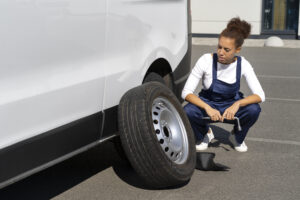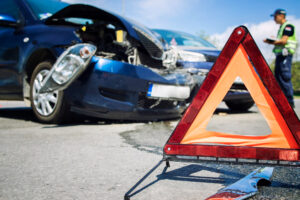Often what happens in a car accident isn’t immediately seen, felt, or known. If you’ve been in a car accident, you may walk away and think you feel fine, only to have symptoms occur over the next few days.
After a car accident, you are very likely to feel stiff, sore, and bruised. It is very important that, even if you think you came away from a car accident without a scratch, to still see a doctor and get a medical check-up and evaluation.
If symptoms arise later, you will be glad you did because you will already have a physician’s report of your condition immediately following the car accident. Do not ignore any symptoms as the longer you wait to get treatment, the more reduced your chances become of making a complete recovery.
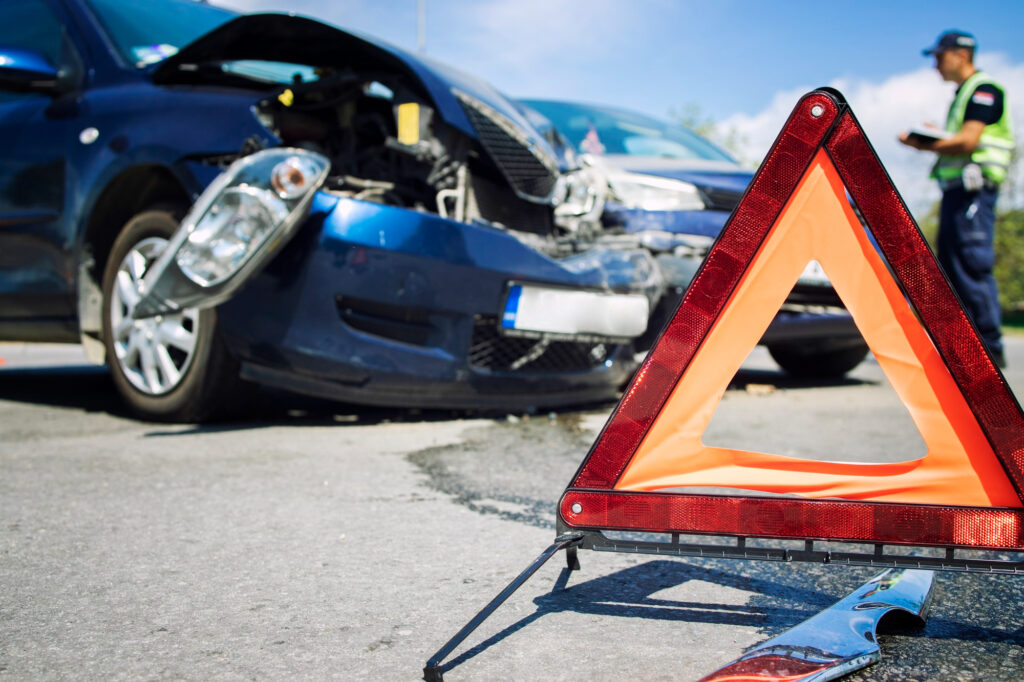
What To Expect Physically After A Car Accident
Some symptoms after a car accident include a headache, shoulder and neck pain, back pain, abdominal pain, bruising or numbness, and emotional distress.
Headaches could possibly be due to a concussion, brain injury, blood clot, or whiplash. Shoulder or neck pain could indicate whiplash or a spinal injury. Back pain could be a sign of a spinal or ligament injury or whiplash. Abdominal pain could indicate possible internal bleeding. Bruising or numbness could be a sign of a spinal injury or herniated disk. Emotional distress could suggest a possible brain injury, concussion, or PTSD (Post-Traumatic Stress Disorder).
Common car accident injuries include neck and head trauma, brain injuries, broken bones, back and spinal cord trauma, burns, and skin scrapes. Even when wearing a seat belt, you can get shaken around regardless of the rate of speed of the accident.
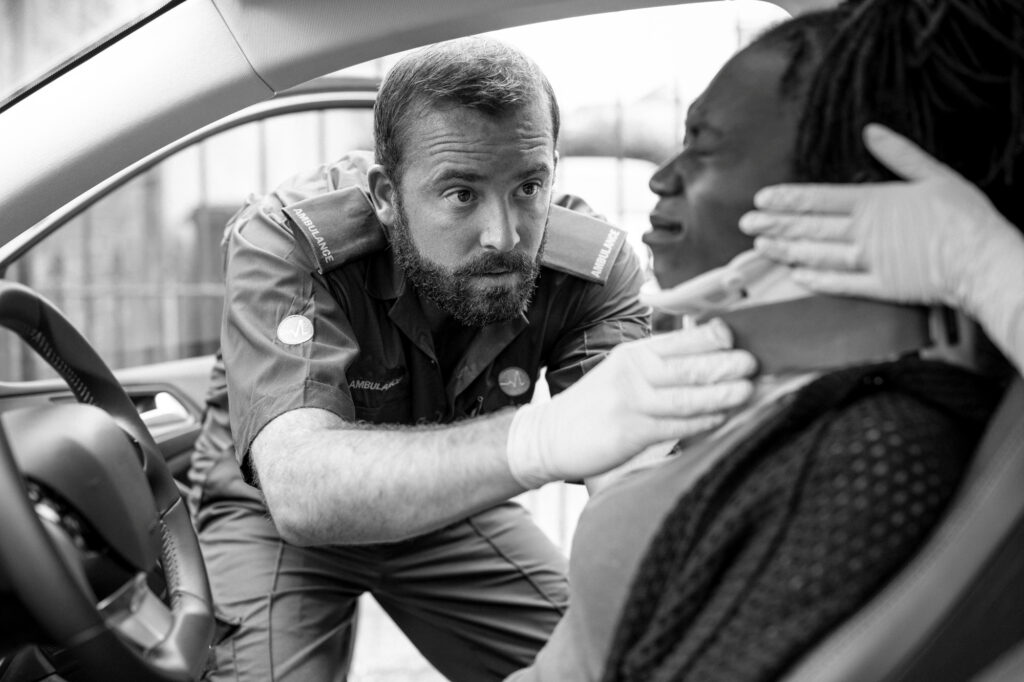
Impacts From A Head-On Collision
This is one of the worst impacts you could suffer. The speed the car would have been traveling at is also the speed at which your body would be traveling at, and that can allow for a severe impact.
After the collision, deceleration drops rapidly from the car’s travelling speed to the car coming to a complete stop. The effect that deceleration has is the consequence of an enormous energy transfer that is felt by your body as well as the car. This transfer of energy is what can result in injuries.
Seatbelts help, of course, and that is why there is a law that seatbelts should always be worn. A seat belt can prevent your head from crashing into the front windshield or the steering wheel. While a seatbelt can most assuredly save your life, injuries can still be suffered.
Common injuries with seatbelt use include a collapsed lung, broken ribs, broken collar bone, and internal injuries. Still, it is far better than not wearing a seatbelt, which could result in death.
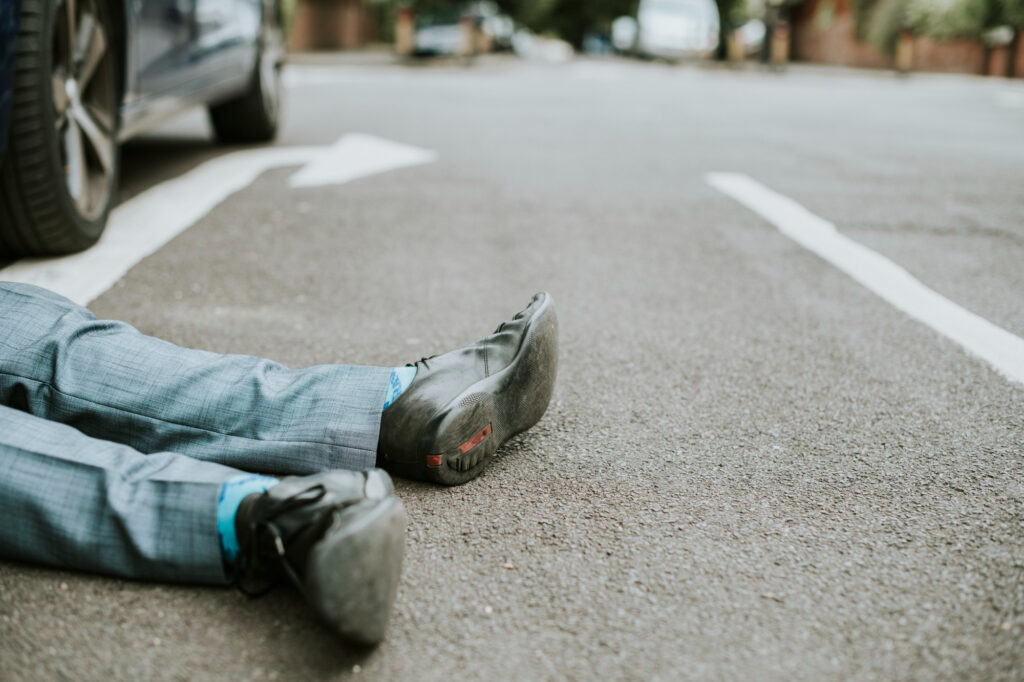
Impacts From A Rear-End Collision
A rear-end collision can also carry a tremendous force. In both scenarios, your head is greatly at risk of some type of physical or mental injury. In a rear-end collision, that transfer of energy propels occupants backwards, which can cause your head to jerk or snap violently, resulting in a variety of head and neck injuries. Potential injuries from a rear-end collision include a concussion, a herniated disc, soft tissue injuries, or a compression fracture.
- Concussion: A concussion occurs when your head takes a direct hit and induces trauma. Symptoms include blurred vision, confusion, dizziness, headaches, or difficulty concentrating.
- Herniated Disc: A herniated disc can occur when your vertebrae slips out of place and interferes with your spinal cord.
- Soft Tissue Injuries: Soft tissue injuries are those caused by your head whipping suddenly, back and forth. This motion can cause ligaments, tendons, and muscles to tear. Whiplash is a soft tissue injury.
- Compression Fracture: A compression fracture is serious and can occur in the spine when a bone collapses in it. Numbness in legs and arms is common, along with back pain.
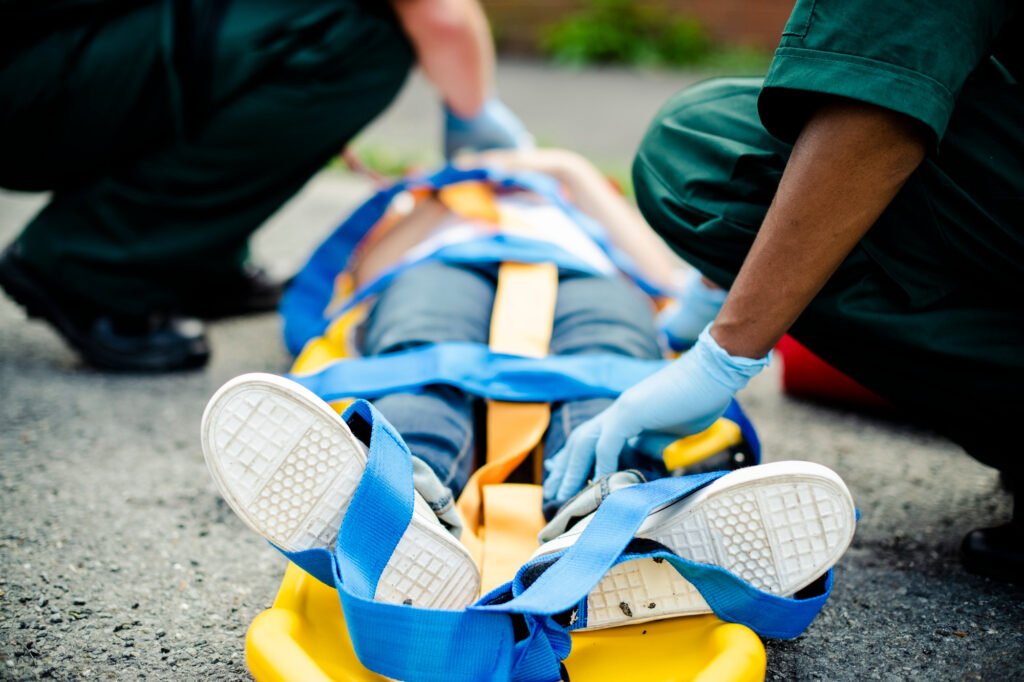
Impacts From A Side Collision
Side impacts from car crashes can cause some of the most dangerous and severe impacts to a body. The energy transfer that is produced from the crash has only a door to help absorb the impact. The chances for a human body to be crushed are much higher in a side impact collision (also known as a T-bone collision). Potential injuries from a side impact crash include:
- Internal organ damage
- Broken bones
- Head injuries from colliding with a window
- Spinal and neck injuries due to the force with which the head is whipped about
- Upper body injuries

Psychological Impacts
What happens in a car accident can leave many people in a state of shock. It is a jolt to your entire system. Anxiety and depression are two other impacts that are not uncommon. Some people even develop PTSD (Post-Traumatic Stress Disorder) from being involved in a car accident.
Know what to expect physically after a car accident, as well as mentally. Be aware that you may not feel abnormal right away, but symptoms can show up days later. It is extremely important to notify your doctor and get a complete physical check-up.




